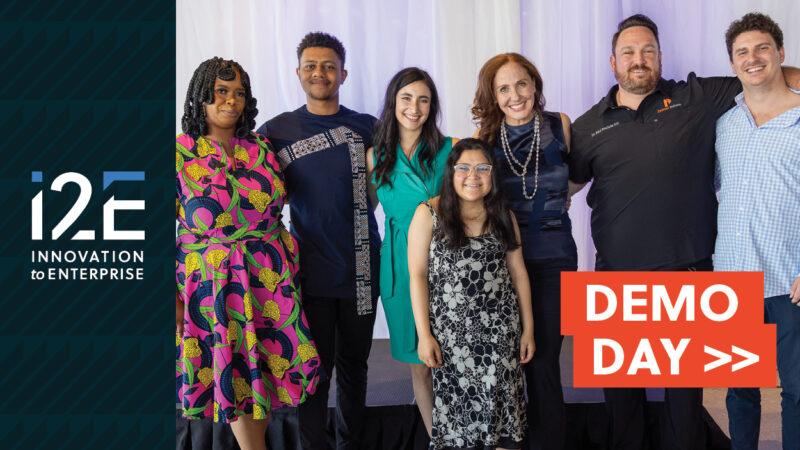Made in Oklahoma: The future of manufacturing relies on innovation
By Phil Albert
© 2016 BH Media Group, Inc.
The Oklahoma manufacturing sector is experiencing rapid advancement leading to even stronger productivity and output.
Much like the transformation during the Industrial Revolution, the current wave of innovation is the fastest in history driven by the convergence of technologies. The industrialization of these technologies is reinventing not only what we make, but how we make it.
To realize the full potential of this renaissance, there are some things Oklahoma must do and some challenges we must overcome to compete in this new age.
Manufacturing employers recognize flexibility, adaptability, creativity, and problem solving are equally important to cultivate alongside deep technical knowledge. These skills are like raw material out of which exciting innovation breakthroughs are built.
However, these skills are fast becoming a commodity and are not readily available.
Nationwide, 52 percent of manufacturers using advanced techniques report unfilled jobs, and 74 percent of these employers cite deficiencies in STEM skills — science, technology, engineering, and math — as a major concern.
Invention is driven by ideas, but innovation is driven by insight.
In a January 2016 article, Bloomberg Business ranks Oklahoma among the least innovative states in the United States. The most innovative states, Massachusetts and California, are recognized for developing business clusters around their universities. The measurement included productivity; concentration of STEM employment; research and development intensity; patent filings; and high-tech employers.
Oklahoma ranked high in productivity, but 45th in research and development and 47th in the number of science and engineer degree holders.
However, this is not to say that great strides are not being made. The University of Oklahoma’s Center for Applied Research and Development was created to pursue new research and development opportunities that complement existing business and industry. Its new Radar Innovations Laboratory at the Advanced Radar Research Center combines engineering and meteorology to advance satellite technology, while the Biomedical Engineering Center is making strides in improving cancer diagnoses.
Oklahoma State University has established the Henry Bellmon Research Center, a 160-acre Technology and Research Park, the Helmerich Advanced Technology Research Center and the University Multispectral Laboratories. Some of these advancements include research in unmanned aerial systems, food safety and security, energy technologies, biobased chemicals and water stewardship.
Furthermore, Oklahoma’s Economic Development Act established the Oklahoma Center for the Advancement of Science and Technology, which provides support and grants for innovative research in applied technologies and health.
In recent decades, these investments have assisted with diversifying Oklahoma’s economy, but as noted, Oklahoma still falls behind our competitors.
Successful innovation economies are truly collaborative communities, which cultivate networks across startups, industry leaders, government, investors, and higher education institutions.
Today, almost every “advance” in technology is heralded as a breakthrough, but several are as transformational as 3-D printing, advanced robotics and the Internet of Things, which is the network of physical objects, devices, vehicles, buildings and other items that are embedded with electronics, software, sensors, and network connectivity, enabling these objects to collect and exchange data.
How manufacturers embrace and utilize these technologies are yet to be seen, but leveraging higher education institutions will help show us the way.








